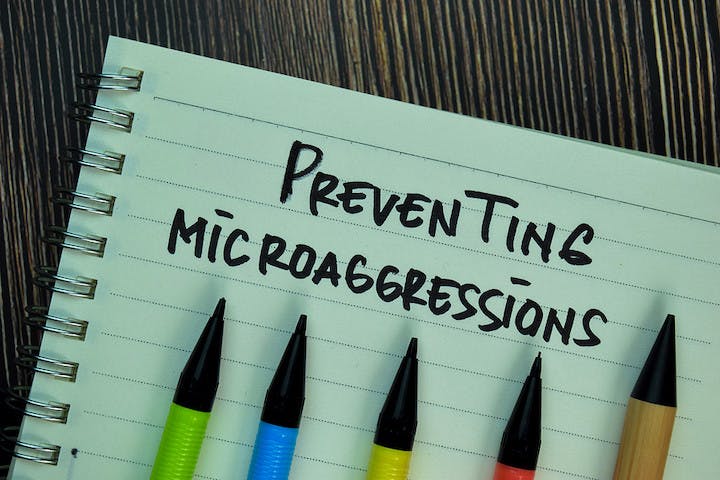To everyone’s benefit, the workplace has – thankfully – become a far less aggressive environment to be in.
It’s no longer socially acceptable to openly shout, and rage at employees, or to humiliate them in front of others. Or to bully them and make them upset.
But while overt aggression is frowned on, and largely a thing of the past, microaggressions are still, it seems an ever-present feature. These are actions, or incidents that are far more indirect; far more subtle (and sometimes unintentional) – but which nevertheless communicates sort of bias against a member of a historically marginalized group.
As HRDs you should be aiming for these to be just as inappropriate at work as more visible aggression. But what should you do to eradicate this less obvious form of unwanted workplace behavior?
The following steps can help reduce the risk of micro0aggressions and give HRDs tools to respond appropriately when they occur:
Actually recognize microaggressions for what they are
Examples include a manager telling a female or minority employee, “That was better than I expected,” implying not much was expected, or a male co-workers ignoring or talking over a point that a female colleague raises at a meeting, sending the message that her opinion is not valued.
Create a safe and inclusive culture
Employees who have experienced microaggressions should be made to feel comfortable coming forward and reporting them. A negative response – such as, “They didn’t mean anything by it” or “They were just joking” could be an additional micro-aggression in itself that adversely affects the employee and makes them feel disengaged. Empathy, a genuine apology and appreciation for the employee goes a long way in creating a culture that empowers marginalized employees to speak up.
Train the team
According to XpertHR® research, only about one in five (21%) of companies provide training on microaggressions. Yet even the best of DE&I initiatives will fail if microaggressions are left unaddressed. Provide training to employees on what constitutes microaggressions, the harmful impact they may have on employees, how to properly confront them and how to avoid making such comments or gestures.
Respond to microaggressions
In responding to microaggressions, many experts agree it is important to separate intent from impact. Corporate culture consultant Joy Stephens advises that a good way to respond is by asking, “Can you explain what you meant by that?” This open-ended question forces the individual to think about what they said and the impact it may have had.
Encourage allyship
Allyship is the practice of showing solidarity and advocating for underrepresented groups at work when witnessing discriminatory acts or comments. An ally’s willingness to intervene after hearing or observing microaggressions will make their co-workers who were part of the marginalized group feel more included and part of the team. It also sends the message to the micro-aggressor that their behavior or action is unacceptable.
Broaden the discussion
While Black Lives Matters protests understandably placed more focus on racially-tinged comments in all forms, remembers that microaggressions can affect many groups. LGBT employees, religious groups, the differently-abled and others often suffer, too. It is important that any consideration of microaggressions take these groups into account whether through increased education, cultural awareness or showing empathy.
Track behavior
Questions about microaggressions in anonymous employee surveys can be effective in rooting out examples of incidents that employees perhaps were hesitant to raise one-on-one, but which nonetheless bothered them. The findings may well uncover hidden truths and opportunities that the employer should be willing to share, discuss and act on.
